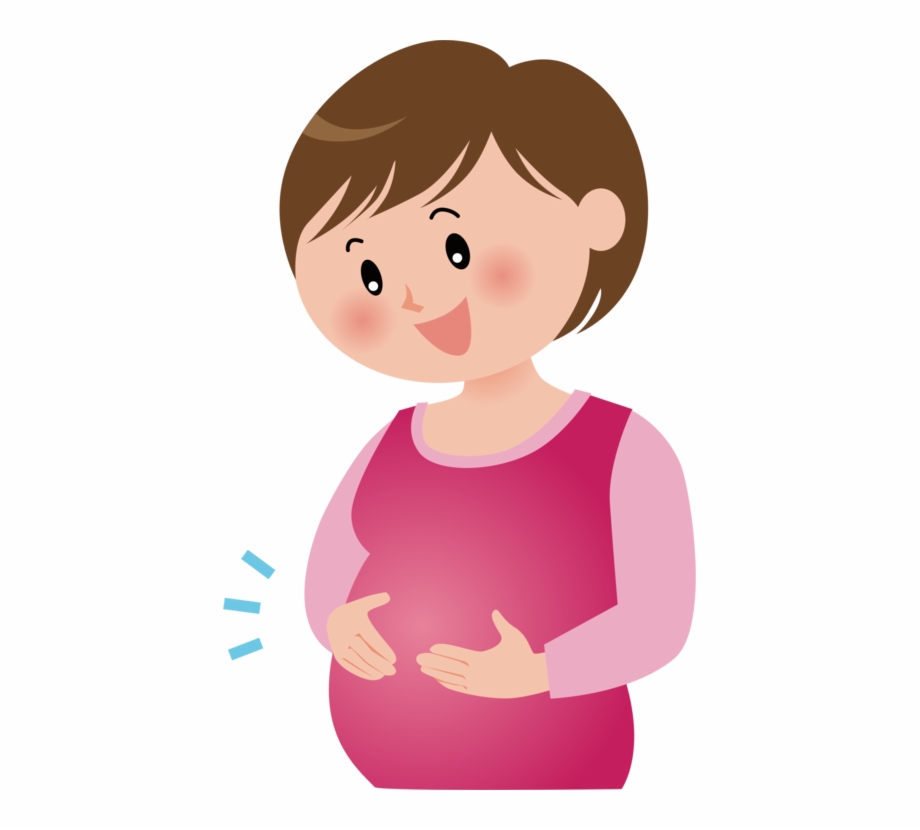
Making a Birth Plan
As often things wont go as planned, many would consider it very less important to make a plan. But a birth plan can do more than what it is meant for. It is an initiative that you can take to communicate your birth preferences with your midwife/care taker. You will also get an idea of what your labour and delivery would look like. Things that need to be considered on that particular day where you will be more tired, cant think of anything else while you are holding your baby filled with all emotions.
While making your birth plan you also need to include your partner who should also know your ideal birth idea that might not otherwise happen. And on the delivery day it would be your partner who might do all the talking for you. And it is very important that your partner is very clear on your preferences.
What to include in your birth plan?
Labour:
1.) Pain relief options – Epidural or not?
Some might ask for epidural when they are in active labour though it was not in their plan. If so please mention that you may ask for it. Not all the hospitals will have the anesthesiologist ready. So do your research on which hospital has it. Know the pros and cons of Epidural and make a right decision for you. If you are very clear then you can mention “NO PAIN MEDICATION AT ALL”.
2.) Birth Partner – Doula or spouse or mom?
Make a wise decision here. Your spouse could be your best birth partner and can support you emotionally. But practically, a doula or an experienced person who has already given birth knows more on how to support and motivate you during active labour and delivery.
3.) No student midwife/nurse
You may want an experienced midwife to be with you during your labour and childbirth. If so mention that in your birth plan.
4.) Quiet labour room
You may feel uncomfortable with more people in the labour room. On the other hand some might be ok with more people cheering and motivating during active labour. Discuss this with your midwife/nurse on the possibilities.
Delivery:
1.) No episiotomy – unless medically needed.
Episiotomy is a surgical incision performed during second stage of labor to quickly enlarge the opening for the baby to pass through. It was also believed that an episiotomy would heal better than a natural tear. More recent research, however, suggests that an episiotomy may actually cause more problems than it prevents. A midline episiotomy puts you at risk of fourth-degree vaginal tearing, which extends through the anal sphincter leading to a possible fecal incontinence.
2.) No use of forceps or vacuum – unless medically required.
Using forceps or vacuum has some possible risks. Though it is rare it is important to consider if you really need.
After Delivery:
1.) Skin-to-skin contact with the baby
You may want skin-to-skin contact with the baby which is good for the baby as it is really warm and comforting for the crying baby and also makes a good bonding with the mother. Or you may want them to clean and wrap the baby immediately.
2.) Delayed cord clamping (DCC) by 2-5 minutes – if medically possible
Delayed cord clamping is the prolongation of the time between the delivery of a newborn and the clamping of the umbilical cord. DCC allows more blood to transfer from the placenta to the baby, sometimes increasing the child’s blood volume by up to a third. The iron in the blood increases the newborn’s iron storage, which is vital for healthy brain development. You can also discuss this with your midwife/care taker.
3.) Partner cutting the cord
You may want your partner to cut the cord which is also an emotional moment involving all three of you!
4.) All procedures or medications should be explained to parents before administration.
This definitely gives you some peace of mind on what is happening around the baby like checking height and weight of the baby, giving vitamin K and bathing the baby.
5.) If baby needs to be taken for medical treatment, your partner will accompany
This is good to mention as everything will happen with your partner and in case if baby is offered formula milk it is also possible to mention that your idea is to exclusively breastfeed and if there is any medical reason.
6.) Meet the lactation consultant
After delivery you may have to feed the baby immediately and as a new mom you may want to have lactation consultant who can help the baby with latching. The latching problem is more common in babies born via c-section. You can also decide based on that.
